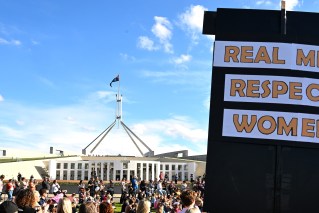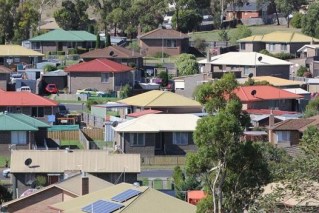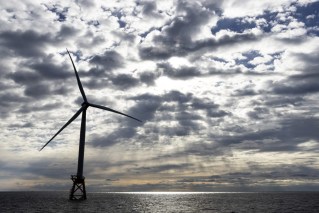Manufacturers bounce back but outlook remains clouded
Conditions for Australian manufacturers have rebounded in the first three months of the year but high power prices, inflationary pressures and intense competition for workers are clouding the forward outlook.

The manufacturing sector has reported strong results for the first quarter.(AAP: Julian Smith)
The quarterly industrial trends survey from the Australian Chamber of Commerce and Industry and Westpac revealed a modest expansion in business conditions in the context of a trend downturn.
The survey’s actual composite index – a gauge of business conditions – lifted from 49 in December to 55 in March, with the survey revealing expansions in output and new orders and a modest increase in employment, in line with expectations.
A result above 50 indicates industry is expanding.
Despite the improvement, the gauge remains below the mid-2022 high of 65.
The expected composite eased from 54.9 to 52.1, suggesting earlier tailwinds are fading and headwinds from high inflation and rising interest rates are intensifying and weighing on the outlook for demand.
The 52.1 reading is the lowest reading since 2014 outside the pandemic low of mid-2020.
ACCI chief executive Andrew McKellar said there was no sugarcoating the outlook for the manufacturing sector.
“While conditions improved modestly in the opening quarter, sentiment amongst manufacturers remains pessimistic as they face a cost crisis of persistently high power prices, elevated inflationary pressures and an ongoing skills shortage,” he said.
On the household sector, gloomy economic conditions have been weighing on confidence, with ANZ and Roy Morgan’s weekly survey sinking for the fourth month in a row.
Consumer confidence lost 0.5 points to 76.5, marking the third consecutive week below 80, with three of the five subindices down and “time to buy a major household item” falling 3.5 points to its lowest level since April 2020.
“The index, in four of the past five weeks, was among the 10 worst results since the Covid outbreak,” said ANZ senior economist Adelaide Timbrell.
And many mortgage holders with fixed-rate loans are yet to feel the full effects of hikes, RBA analysis shows, with about 880,000 fixed loans due to expire this year.
But for first-home buyers, this environment of higher inflation and interest rates has shaved months off the time it takes to save a deposit.
While higher mortgage rates and inflation are weighing on borrowing capacity – and subsequently home prices – Domain analysis shows improving interest rates on savings accounts and higher pay packets have driven down saving times for entry-priced homes in every capital city except Adelaide.
Accumulating a lump-sum deposit remains one of the main barriers to ownership but the deposit-saving period for standard entry-level houses is six months shorter compared to this time last year.
For units, these conditions have contracted the period by two months.
Sydney and Canberra experienced the most dramatic decreases, cutting 13 months from the typical savings period.
But despite this, a couple aged 25-34 trying to save a 20 per cent deposit on an entry-priced house in Sydney would still take six years and eight months to get a start.
In Canberra, it would take six years.
At the same time, rising rates have lifted the cost of servicing a loan, complicating the affordability picture.
The minutes from the RBA’s March meeting, to be released on Tuesday, will likely offer some hints for future interest rate decisions following a softening in tone in recent communications.












